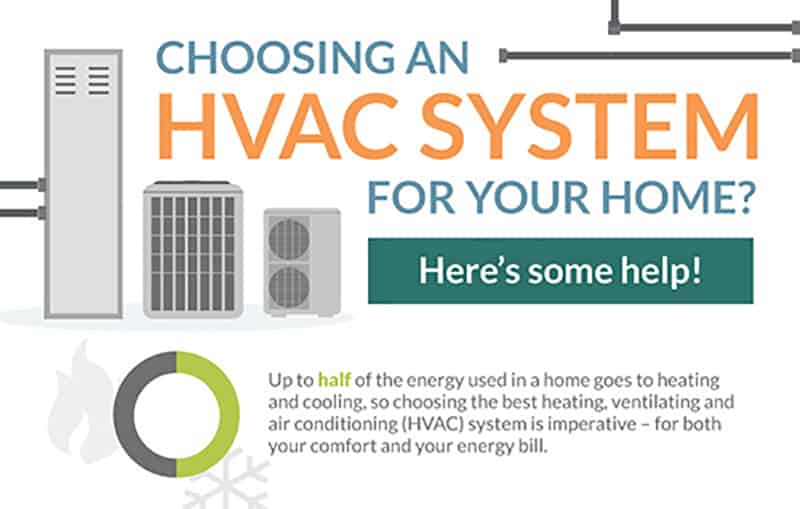The Ultimate Overview To Comprehending Warm Pumps - How Do They Function?
The Ultimate Overview To Comprehending Warm Pumps - How Do They Function?
Blog Article
Created By-Roy Cates
The very best heat pumps can save you substantial quantities of money on power bills. They can likewise help in reducing greenhouse gas discharges, specifically if you utilize power in place of fossil fuels like propane and home heating oil or electric-resistance heating systems.
Heatpump work quite the like air conditioners do. This makes them a sensible alternative to standard electric home heater.
How They Work
Heat pumps cool down homes in the summer season and, with a little help from electrical power or gas, they provide several of your home's home heating in the wintertime. They're a good option for people that wish to lower their use of fossil fuels but aren't prepared to replace their existing heater and a/c system.
They rely upon the physical fact that also in air that appears too chilly, there's still energy present: cozy air is constantly relocating, and it intends to relocate into cooler, lower-pressure environments like your home.
A lot of power STAR accredited heatpump run at near to their heating or cooling capability throughout most of the year, minimizing on/off biking and saving power. For the best efficiency, focus on systems with a high SEER and HSPF score.
The Compressor
The heart of the heat pump is the compressor, which is additionally referred to as an air compressor. This mechanical moving tool utilizes prospective energy from power development to enhance the pressure of a gas by lowering its volume. It is various from a pump because it just services gases and can not work with liquids, as pumps do.
Climatic air gets in the compressor with an inlet shutoff. It travels around vane-mounted arms with self-adjusting length that divide the inside of the compressor, producing multiple cavities of varying dimension. The rotor's spin pressures these tooth cavities to move in and out of stage with each other, compressing the air.
The compressor pulls in the low-temperature, high-pressure refrigerant vapor from the evaporator and presses it into the hot, pressurized state of a gas. view site… is repeated as required to supply heating or air conditioning as required. The compressor also has a desuperheater coil that reuses the waste warm and adds superheat to the cooling agent, transforming it from its liquid to vapor state.
The Evaporator
The evaporator in heat pumps does the same point as it carries out in refrigerators and a/c unit, altering fluid refrigerant into an aeriform vapor that removes warmth from the room. Heatpump systems would certainly not work without this crucial piece of equipment.
This part of the system lies inside your home or structure in an indoor air handler, which can be either a ducted or ductless device. https://kameronlkexr.onzeblog.com/29325146/the-future-of-home-heating-exactly-how-heatpump-modern-technology-is-developing contains an evaporator coil and the compressor that presses the low-pressure vapor from the evaporator to high pressure gas.
Heat pumps absorb ambient warm from the air, and after that utilize electricity to transfer that warm to a home or organization in home heating mode. That makes them a whole lot extra energy efficient than electrical heating units or furnaces, and because they're making use of tidy power from the grid (and not burning gas), they also produce much less emissions. That's why heatpump are such great ecological options. (In addition to a huge reason why they're coming to be so prominent.).
The Thermostat.
Heat pumps are great options for homes in cold climates, and you can utilize them in mix with typical duct-based systems or perhaps go ductless. They're a great alternate to fossil fuel heating systems or typical electric furnaces, and they're much more sustainable than oil, gas or nuclear a/c devices.
Your thermostat is one of the most essential element of your heatpump system, and it functions really in a different way than a standard thermostat. All mechanical thermostats (all non-electronic ones) job by using compounds that transform size with increasing temperature, like curled bimetallic strips or the increasing wax in a cars and truck radiator shutoff.
These strips contain 2 different kinds of steel, and they're bolted with each other to create a bridge that completes an electric circuit connected to your cooling and heating system. As the strip gets warmer, one side of the bridge increases faster than the other, which triggers it to flex and indicate that the heater is needed. When the heat pump is in home heating mode, the reversing valve turns around the circulation of refrigerant, so that the outside coil now works as an evaporator and the indoor cylinder becomes a condenser.